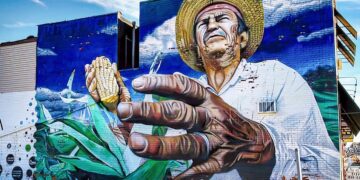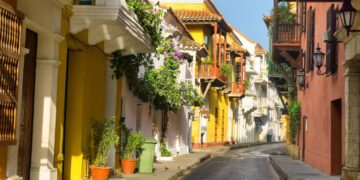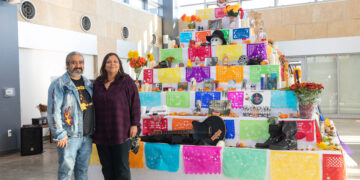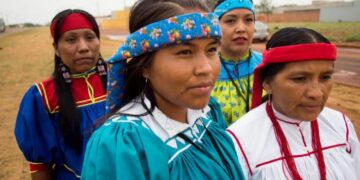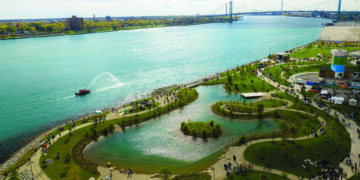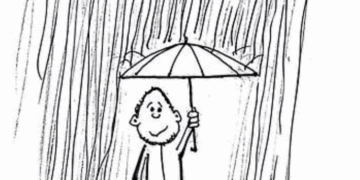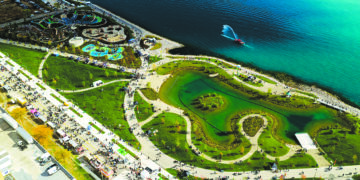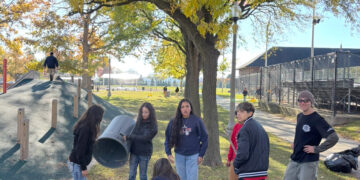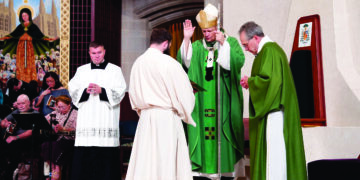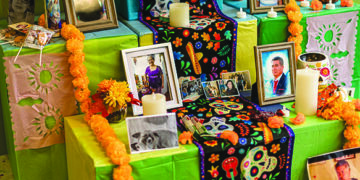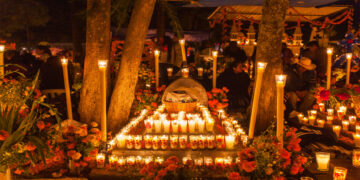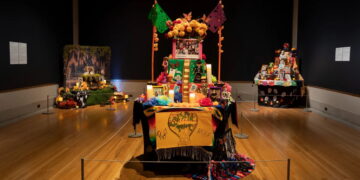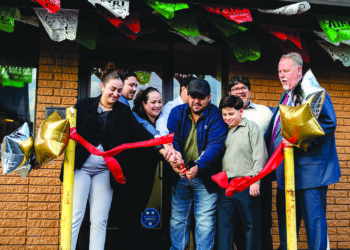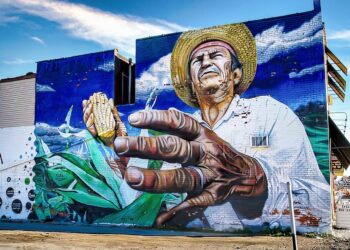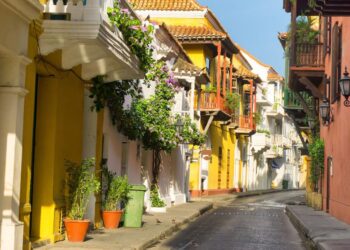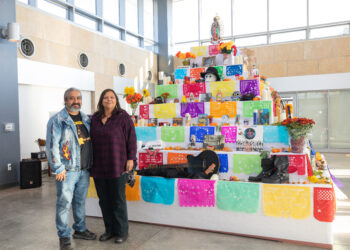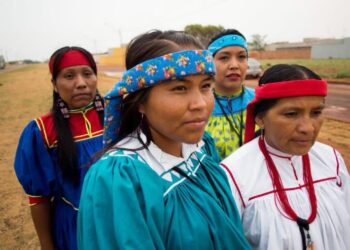The Purépecha nation (P’urhépecha or P’urhé) has its own language, the P’urhépecha language. It is an indigenous people who primarily live in the state of Michoacán, Mexico.
They never lost to the Mexica Aztecs.
They are known for their colorful festivals for the dead. The Purépecha mostly live in the 22 municipalities of Michoacán that make up the “Purépecha region”: Coeneo, Charapan, Cherán, Chilchota, Erongarícuaro, Los Reyes, Nahuatzen, Nuevo Parangaricutiro, Paracho, Pátzcuaro, Peribán, Quiroga, Tancítaro, Tangamandapio, Tangancícuaro, Tingambato, Tingüindín, Tocumbo, Tzintzuntzan, Uruapan, Zacapu, and Ziracuarétiro.
Michoacán
The name Michoacán comes from the Nahuatl: Michhuacan can be translated as “place of those who possess the fish.” Its representation is a phonetic glyph formed by a fish, which gives the phonetic word mich, placed on a hill that sounds like can.
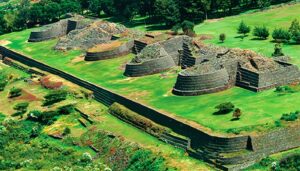
Michoacán is located in the western region of the country, with coastlines on the Pacific Ocean. According to the 2015 census, it has a population of 4,584,471.
It was once home to the Purépecha or Michhuaque Lordship, ruled in pre-Columbian times by Irecha, a ruler whom the Mexica called Caltzontzin.
Michoacán is one of the states with the greatest biodiversity in Mexico. It boasts high, rugged mountains covered in lush and magnificent forests of fine hardwoods, rich in wildlife. Fertile grasslands and fertile valleys, with a climate conducive to the habitat and growth of all kinds of animals and plants; as well as numerous rivers, fresh and melodious streams, beautiful lakes, magnificent lagoons, and countless springs and springs, making it a true paradise.
Michoacán is a multiethnic state, like all of Mexico; the vast majority of the population speaks Castilian or Spanish. There are also regions of the state where these four ethnic groups predominate, mostly speaking the Purépecha, Nahuatl, Mazahua, and Otomi languages, with a high degree of bilingualism among their speakers. Among the state’s non-native languages are English, French, and Italian.
Purépecha poetry: Burgeon, by Rubí Tsanda Huerta
I breathe out the perfume of flowers from my soul
My ears are flooded with the song of the birds
My braided hair is real, my skin the color of the earth
I am the one who was born into the hands of the midwives, the result of the cosmic forecast
And the alignment of the planets
I have been given the padlock of silence of my ancestors that with my words I try to open.
I am the one who embroiders the memory of my grandparents in pieces of blanket.
I am the sapling that sprouts from that old tree.
Rubí Tsanda Huerta Norberto, poet, translator and P’urhépecha teacher. She has a degree in History from the University Center for Social Sciences and Humanities, CUCSH, of the University of Guadalajara.
Linguist and communicator in Voice of the Purépecha Culture. Professor of the Department of Languages at the Universidad Michoacana de San Nicolás de Hidalgo, UMSNH.
She has dedicated her life to the promotion and strengthening of her mother tongue, through documentaries and participation in national and international forums, congresses and colloquia.
The Virgin of Health and White Fish of Michoacán
Many years ago, Mr. Vasco de Quiroga have us two great gifts: the first hospital of Michoacán and alongside it the Virgin of Health, patroness of Pátzcuaro.
From the start, the Virgin brought about so many miracles that they wanted to share it with others.
During the ceremonies, maidens from nearby islands carried and accompanied her for a lengthy amount of time and during their return home, while they asked the Virgin to shield and to never forget them, thousands of fish jumped over the canoe with the image of the Virgin on their forehead, etched by the sun.
It is for this reason that today if you pay close attention, you can still see the Virgin present in the white fish from Michoacán.
This is a worldly unique species and it is our duty to care for them.
That’s how we Purépechas tell the story.

Michoacan Gazpacho Recipe: Chopped Fruit with Cotija Cheese
INGREDIENTS
- 1 cup diced jicama
- 1 cup diced mango
- 1 cup diced pineapple
- 1 cup orange juice
- 1/4 onion, finely diced
- 1 lime (juice)
- Grated Cotija cheese to taste
- Salt and piquín chili
PREPARATION
Place the fruit in a baking dish, stir in a bowl, and serve in individual glasses like a fruit cocktail. Garnish with orange juice, lime juice, salt, chili, and Cotija cheese.
Tarascos – Nación Purépecha
La nación purépecha (p’urhépecha o p’urhé, tienen su propia lengua, la lengua P’urhépecha. Es un pueblo indígena que habita primordialmente en el estado de Michoacán, México.
Nunca perdieron contra los Mexicas Aztecas.
Son conocidos por sus coloridas festividades para los muertos. En su mayoría los purépechas viven en los 22 municipios de Michoacán que forman la “región purépecha”: Coeneo, Charapan, Cherán, Chilchota, Erongarícuaro, Los Reyes, Nahuatzen, Nuevo Parangaricutiro, Paracho, Pátzcuaro, Peribán, Quiroga, Tancítaro, Tangamandapio, Tangancícuaro, Tingambato, Tingüindín, Tocumbo, Tzintzuntzan, Uruapan, Zacapu y Ziracuarétiro.
Michoacán
El nombre de Michoacán proviene del náhuatl: Michhuacan se puede traducir como “lugar de los que poseen el pescado”. Su representación es un glifo, de tipo fonético, formado por un pescado, que da el fonético mich, colocado sobre un cerro que suena can.

Michoacán de Ocampo es uno de los treinta y un estados que junto con la Ciudad de México forman los Estados Unidos Mexicanos. Está ubicado en la región oeste del país, con costas en el Océano Pacífico. Cuenta con 4 584 471 de habitantes de acuerdo a los censos del 2015.
Se divide en 113 municipios. Su capital es la ciudad de Morelia, antiguamente llamada Valladolid, que lleva su nombre actual en honor a José María Morelos y Pavón, héroe de la independencia de México. En su momento fue el hogar del Señorío Purépecha o Michhuaque gobernado en la época precolombina por Irecha, gobernante a quien los mexicas llamaban Caltzontzin.
Michoacán, es uno de los estados con mayor biodiversidad de México, cuenta con altas y encrespadas montañas cubiertas de exuberantes y magníficos bosques de finas maderas, ricas en flora y fauna silvestre; feraces praderas y fértiles valles, con el clima apropiado para el hábitat y multiplicación de toda clase de animales y plantas; así como numerosos ríos, frescos y cantarinos arroyos, hermosos lagos, grandiosas lagunas e innumerables manantiales y ojos de agua, que lo convertían en un auténtico paraíso.
Michoacán es un estado pluriétnico, como todo México; en la entidad la gran mayoría de la población hablan el castellano o idioma español, así mismo existen en regiones del estado en el que predominan estas cuatro etnias que hablan en su mayoría las lenguas purépecha, náhuatl, mazahua y otomí con alto grado de bilingüismo entre sus hablantes. Dentro de las lenguas alóctonas del estado se encuentra el inglés, francés e italiano.

Receta Gazpacho Michoacano: Fruta picada con queso cotija
INGREDIENTES
- 1 taza de jícama picada en cubos pequeños
- 1 taza de mango picado
- 1 taza de piña picada
- 1 taza de jugo de naranja
- 1/4 cebolla, picada finamente
- 1 limón (jugo)
- Queso Cotija rallado al gusto.
- Sal y chile piquín
PREPARACIÓN
Se coloca la fruta en un refractario, se revuelve en un recipiente y se sirve en vasos individuales como un coctel de fruta. Aderezar con jugo de naranja, de limón, sal, chile y queso cotija.
Poesía Purépecha
Retoño, de Rubí Tsanda Huerta:
Exhalo de mi alma el perfume
de las flores
Mis oídos se inundan con el
canto de los pájaros
Mi cabello trenzado es realiza,
mi piel color de la tierra
Soy quien nació en manos
de las parteras, el resultado del
pronóstico cósmico
Y de la alineación de los
planetas
A mí me han entregado el
candado del silencio de mis
antepasados que con mis palabras
intento abrir.
Soy quien borda en pedazos de
manta la memoria de mis abuelos
Soy el retoño que brota de
aquel árbol viejo.
Rubí Tsanda Huerta Norberto, poeta, traductora y docente p’urhépecha. Licenciada en Historia por la Universidad de Guadala jara.
Leyenda de La Virgen de la Salud y el Pescado Blanco
Hace muchos años Don Vasco de Quiroga nos dio dos grandes regalos: El primer hospital de Michoacán y junto con éste, la Virgen de la Salud, patrona de Pátzcuaro.
Desde un inicio eran tantos los milagros que la Virgen hacía que quisieron compartirlo a los demás.
Durante las procesiones, doncellas de las islas de la región la cargaron y acompañaron por largo tiempo, pero fue durante el regreso a sus casas que mientras pedían que las cuidara y nunca las olvidara, miles de peces saltaron sobre su canoa con la imagen de la Virgen en su frente, dibujada por el sol.
Es por eso que hoy en día sí pones atención aún podemos ver a la Virgen presente en el pez blanco. Pez único en el mundo y que en nosotros está cuidarlo.
Así lo contamos los purépechas.


